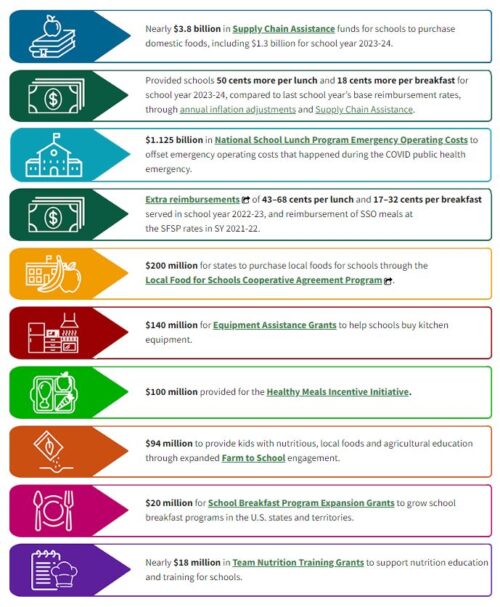Where are we on BPA?
BPA has become a classic example of how point of view influences decisions about low-dose chemicals in the food supply for which the science is uncertain.
If you are a believer in the “precautionary principle,” any suggestion of harm is enough to support banning BPA until it is proven safe.
European countries tend to subscribe to the precautionary principle. Sweden, for example, has just banned BPA.
If, on the other hand, you believe that nothing should be banned until incontrovertibly demonstrated by science to cause harm, you won’t act against BPA until the evidence for harm is overwhelming.
That’s the FDA’s position. Even though the FDA is troubled by the lack of better information about the safety of BPA, it recently denied a petition from the National Resources Defense Council to ban it (see FDA Law Blog for details).
Although FDA is not persuaded by the data and information in your petition to initiate rulemaking to revoke the food additive approvals for BPA, FDA will continue in its broader and more comprehensive review of emerging data and information on BPA.
This tells me that the FDA is plenty worried about BPA but will not (or cannot) act without more evidence.
The FDA’s main page on BPA says:
At this interim stage, FDA shares the perspective of the National Toxicology Program that recent studies provide reason for some concern about the potential effects of BPA on the brain, behavior, and prostate gland of fetuses, infants and children.
Its page on the chemical nature of BPA explains that because it is used to make a hard, clear plastic used for reusable water bottles (including baby bottles) and epoxy resins that line the inside of metal-based food and beverage cans, BPA is extremely widespread in the food supply.
The FDA first approved BPA in the early 1960s. In 2008, the agency released a draft report judging BPA safe in food contact materials. In 2010 and again on March 30, 2012, the FDA issued an interim update on BPA.
These reports say that the FDA considers BPA safe at current levels of exposure, but also suggest that reducing exposure is a good idea.
Thus, the FDA’s consumer page on BPA says
The Food and Drug Administration’s assessment is that the scientific evidence at this time does not suggest that the very low levels of human exposure to BPA through the diet are unsafe [note obfuscating double negative].
The agency has performed extensive research on BPA, has reviewed hundreds of other studies, and is continuing to address questions and potential concerns raised by certain studies [it must be desperate for answers].
FDA scientists have also recently determined that exposure to BPA through foods for infants is much less than had been previously believed and that the trace amounts of the chemical that enter the body, whether it’s an adult or a child, are rapidly metabolized and eliminated [if true, this should come as a huge relief].
FDA’s parent agency, the Department of Health and Human Services, offers advice for parents about BPA, reiterating its safety, but asking:
Q: Should I throw away baby bottles that contain BPA?
A: Parents should examine bottles and discard them if worn or scratched because scratches can both harbor germs and, in BPA-containing bottles, lead to greater release of BPA. For those who want to use baby bottles and feeding cups not made with BPA, consumers should know that such products are now widely available in the U.S. market.
What all this means is that the FDA is sticking to—or has to stick to—a science-based position on BPA, but it is hedging bets by urging parents and the public to apply the precautionary principle and avoid BPA whenever possible.
This shifts the burden of protection against harm from the government to you.
Does this make sense? I don’t think so. You?


